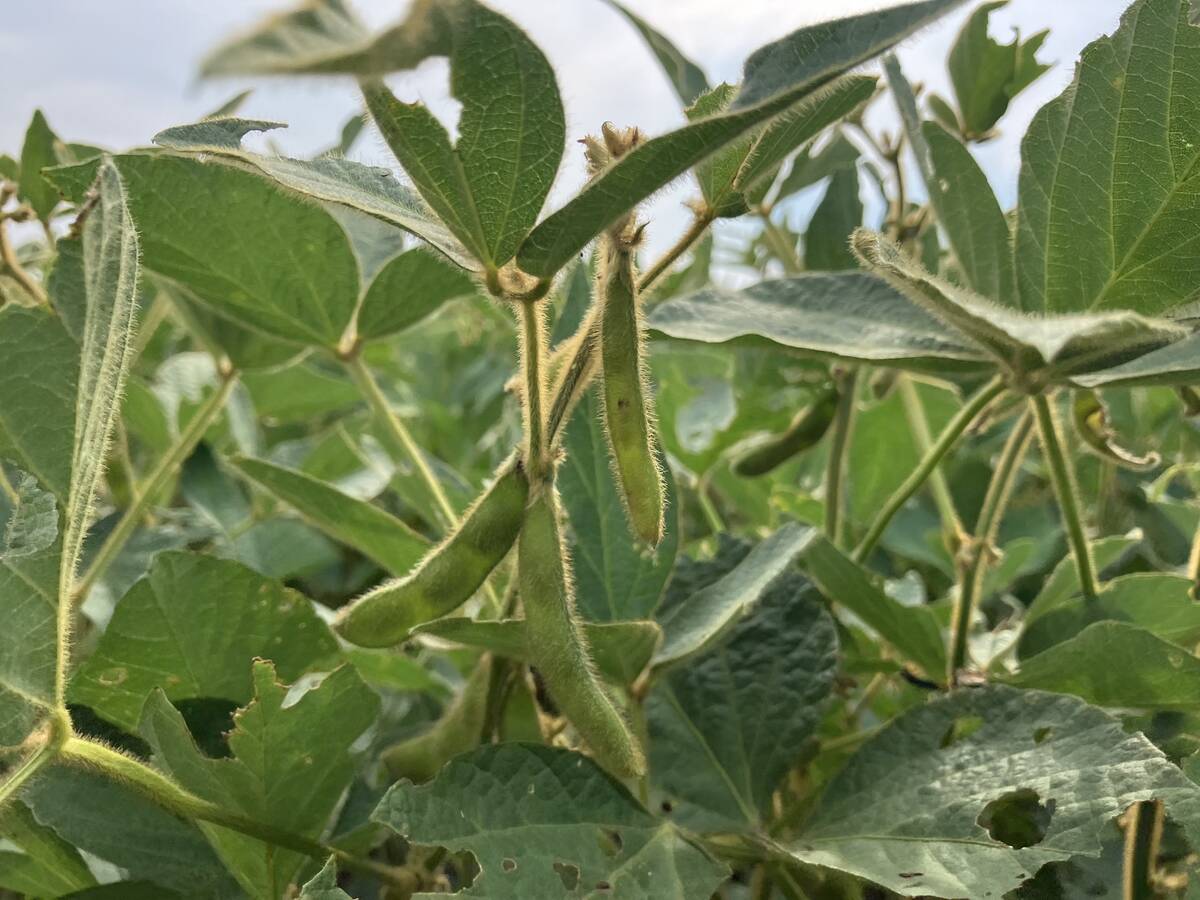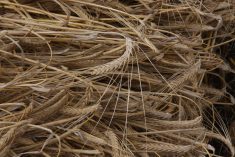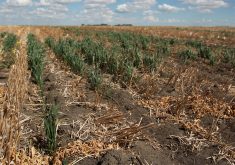KANSAS CITY, Mo. (Reuters) – Milling quality concerns with hard red winter wheat grown in the northwestern United States were prompting exporters to lower their bids for all HRW wheat from Washington, Oregon and Idaho. As well, soft red wheat in the Midwest was showing some problems with vomitoxin.
“It doesn’t matter what you’re growing, they’re picking out our region for discounting,” said Pendleton (Oregon) Grain Growers merchandiser Jon Sperl.
Exporters were discounting four to 10 cents a bushel for any HRW wheat coming from those three states. By contrast, no discounts were on unit trains for HRW wheat to the Pacific Northwest ports from Kansas, Colorado, Nebraska, South Dakota or Montana.
Read Also

U.S. loses out on sales of soybean to China
U.S. soybean exporters risk missing out on billions of dollars worth of sales to China this year as trade talks drag on and buyers in the top oilseed importer lock in cargoes from Brazil.
Grain sources said the problem was tied to a handful of varieties that are high yielding for farmers but of poor quality for buyers.
U.S. Wheat Associates has been involved in discussions on the problem. John Oades, the group’s west coast director, said “the most critical PNW problem at this time is off-quality HRW varieties being grown in the region.”
Oregon Wheat League adviser Dan Steiner said the issue had been brewing for months after Japan last year complained of extremely poor milling quality wheat coming out of the region.
“They’re trying to respond to the customers,” said Steiner.
The Oregon Wheat League is trying to forge a solution to the problem by holding a meeting on Aug. 7 for exporters, wheat breeders, producers, co-op managers and others in the industry.
The group will try to identify which varieties have the poor milling qualities, so those can be avoided in planting for the new crop season. The group also wants to push for updated grading standards to more adequately reflect customer needs.
“Some varieties just cannot consistently meet milling standards,” Steiner said. “It’s a mess. We need to address these problems.”
Meanwhile, the quality of the U.S. soft red winter wheat crop was improving as harvest moved into the northern Midwest, helping to make up for diseased fields and poor-quality grain seen in parts of the south.
In the top-producing SRW wheat state of Ohio, high yields and test weights were reported in the northern counties. But millers and grain merchandisers in southern Ohio have been disappointed in the quality of the wheat.
“It’s a real mixed bag. In northwest Ohio we’re getting reports of some really good yields – 100 bushels or better. Test weights are (high) running 57-61 from the north,” said Pat Lipps, Ohio State University’s plant pathologist.
But the state’s average yield will likely be close to the U.S. Department of Agriculture’s projection of 66 bu. an acre, and a test weight average close to 57 pounds per bu.
USDA projected Ohio to raise 63.4 million bu. of wheat this year, about 17 percent of the total U.S. soft red wheat crop, forecast at 366 million. The wheat crop in southern Ohio has been under more stress due to a wet spring.
“We’re seeing some vomitoxin and sprout damage, and the test weights are shot. They’ll have to use a lot of it as feed wheat because it’s not milling quality,” said one southern Ohio grain merchandiser based in Cincinnati.
Since vomitoxin poses a health risk if consumed in large amounts, millers avoid using wheat showing high levels.
















